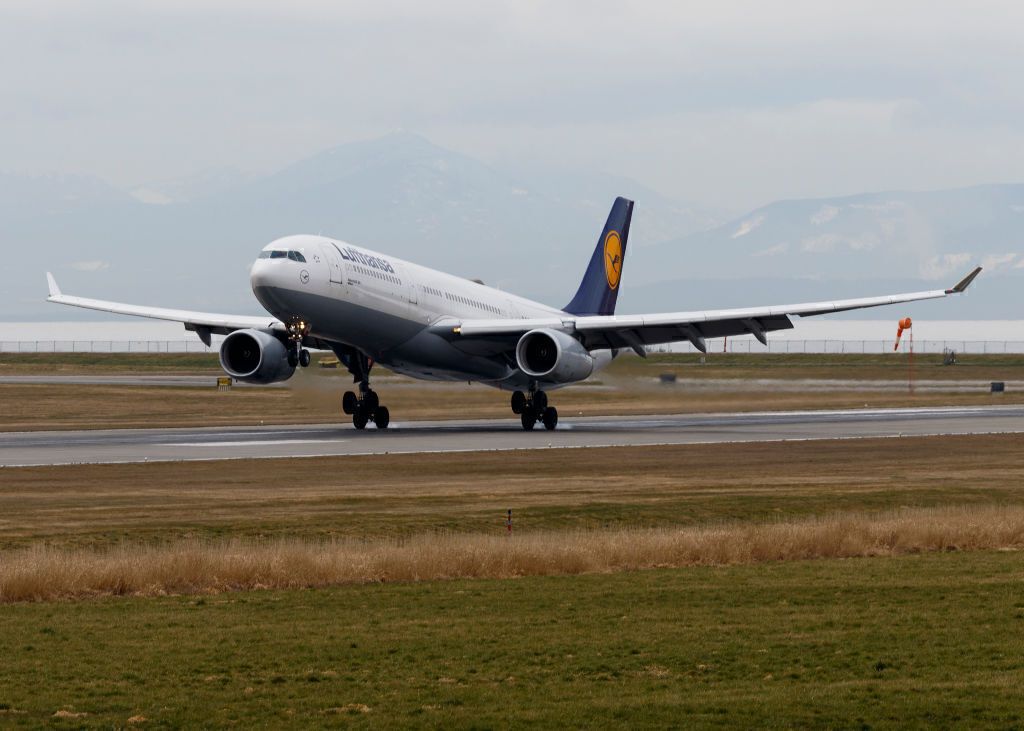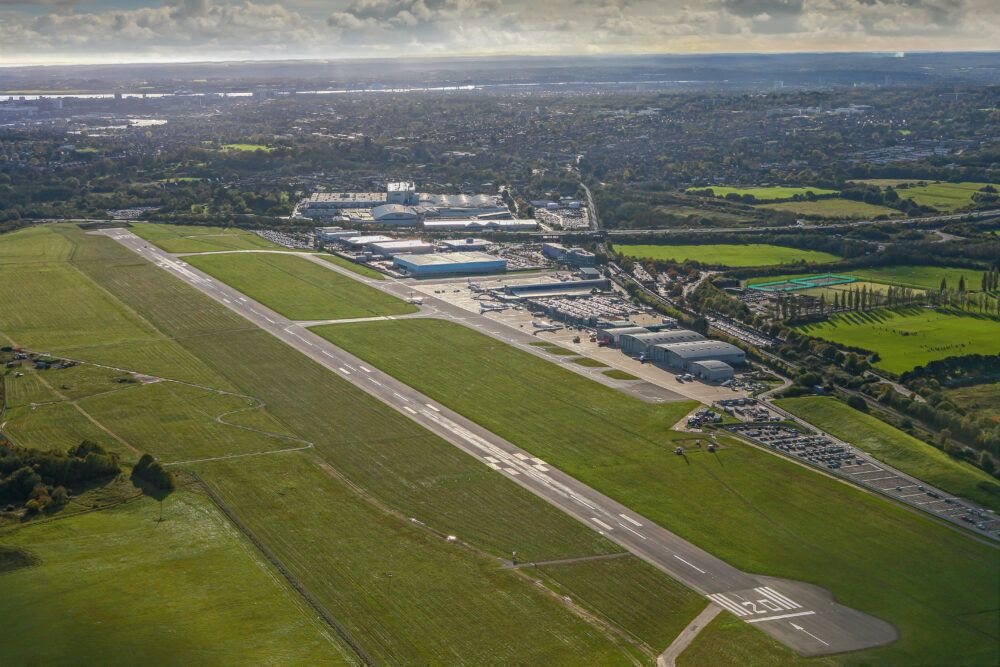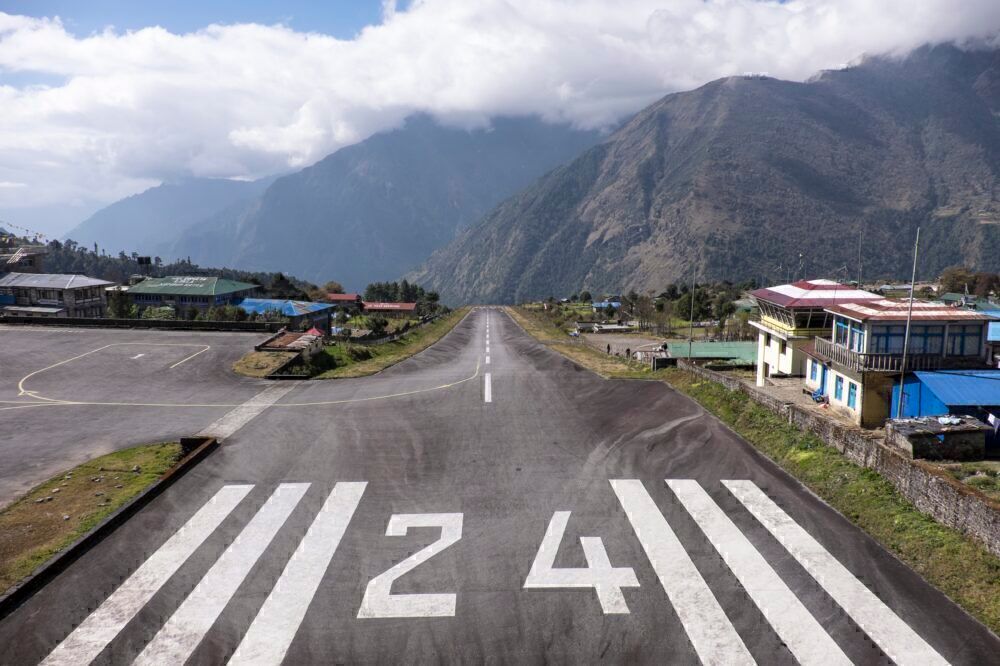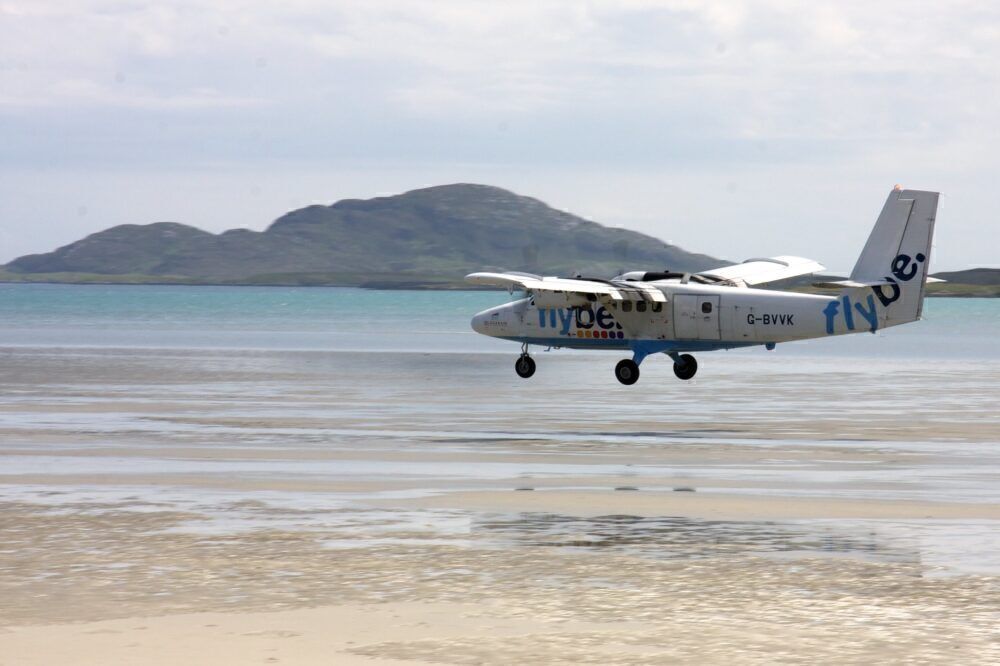Runways represent the beginning and end of our time in the air on any given flight. However, while we're enjoying the sensation of taking off, or the excitement of landing in a new place, that leaves us little time to think of what their surfaces actually consist of. The majority of runways either have a concrete or asphalt surface, but what are the differences?
What exactly are asphalt and concrete?
Let's start by establishing how exactly concrete and asphalt are composed. The former consists largely of a selection of rocks, known as aggregates. According to cement.org, these are both coarse (larger) and fine (smaller). Aggregates account for between 60 and 75% of a given concrete mix. They are bound together with a paste, which makes up the remainder.
This paste consists primarily of water (14-21% of the entire mix) and cement (7-15%). However, 8% of concrete is air, which gives it a degree of malleability when newly mixed. Concrete takes its solid, rock-like form when the binding paste hardens and gains strength.
Meanwhile, while asphalt also features aggregates like concrete, it has a different binding agent. Indeed, Mixer Direct reports that this binder is a petroleum-based hydrocarbon mixture. It is also darker than concrete, and typically has a darker brown or even black appearance.
Stay informed: Sign up for our daily and weekly aviation news digests.
The differences between them for runways
But what do these compositions mean in terms of their use as runway surfaces? From a cost perspective, concrete is the more time-consuming surface to install, costing more money in terms of labor hours. It is also more expensive upfront. It is generally stronger, but also more prone to cracking. This can increase the frequency and cost of repairs.
On the other hand, concrete is more environmentally friendly due to asphalt's petroleum-based binder. Furthermore, it is not subject to deforming under hot conditions in the same way that the more flexible asphalt can be. Furthermore, despite being more expensive upfront, it can work out cheaper in the long run with routine maintenance.
One aspect that is interesting to note is the fact that, according to Aviation Stack Exchange, certain asphalt runways have concrete reinforcements underneath. This layering is done as part of rehabilitation programs. Similarly, other runways have concrete installed on top of asphalt as the latter functions as a strong base that minimizes concrete's cracking risk.
These are deepest in areas that are subjected to more pressure, such as the ends of runways where large and heavy aircraft most frequently touch down. Of course, the weight of taxiing and departing planes laden with full fuel loads must also be considered.
Overall, airport engineers factor in various aspects, including climate, traffic, and raw material access, when it comes to choosing a runway surface. Each has its own merits, and both are legitimate surfaces. Indeed, New York JFK even has a mixture of surfaces (three concrete runways and one with asphalt).
More unorthodox runway surfaces
Not all runways have the luxury of being paved with smooth asphalt or concrete. Indeed, several runways around the world consist of the area's original surface, without such compounds being layered on top. For example, in 1969, Boeing developed its 'Unpaved Strip Kit' to allow first-generation 737s to touch down on gravel landing strips.
Meanwhile, conditions in Antarctica mean that aircraft carrying research scientists there have to utilize blue ice runways. Due to the lower levels of friction on these surfaces, arriving planes rely on the use of reverse thrust to bring themselves to a halt on the runway.
An airport that finds itself on many avgeeks' bucket lists is Barra (BRR) in the Outer Hebrides, Scotland. This airport is revered due to its unique runway composition. Specifically, it is one of very few airports in the world where aircraft take off from and land on a beach. This means that its three runways are only accessible in low-tide conditions.
Were you aware of the differences between concrete and asphalt runways? Have you ever landed on or taken off from a runway with a more unusual surface? Let us know your thoughts and experiences in the comments!




